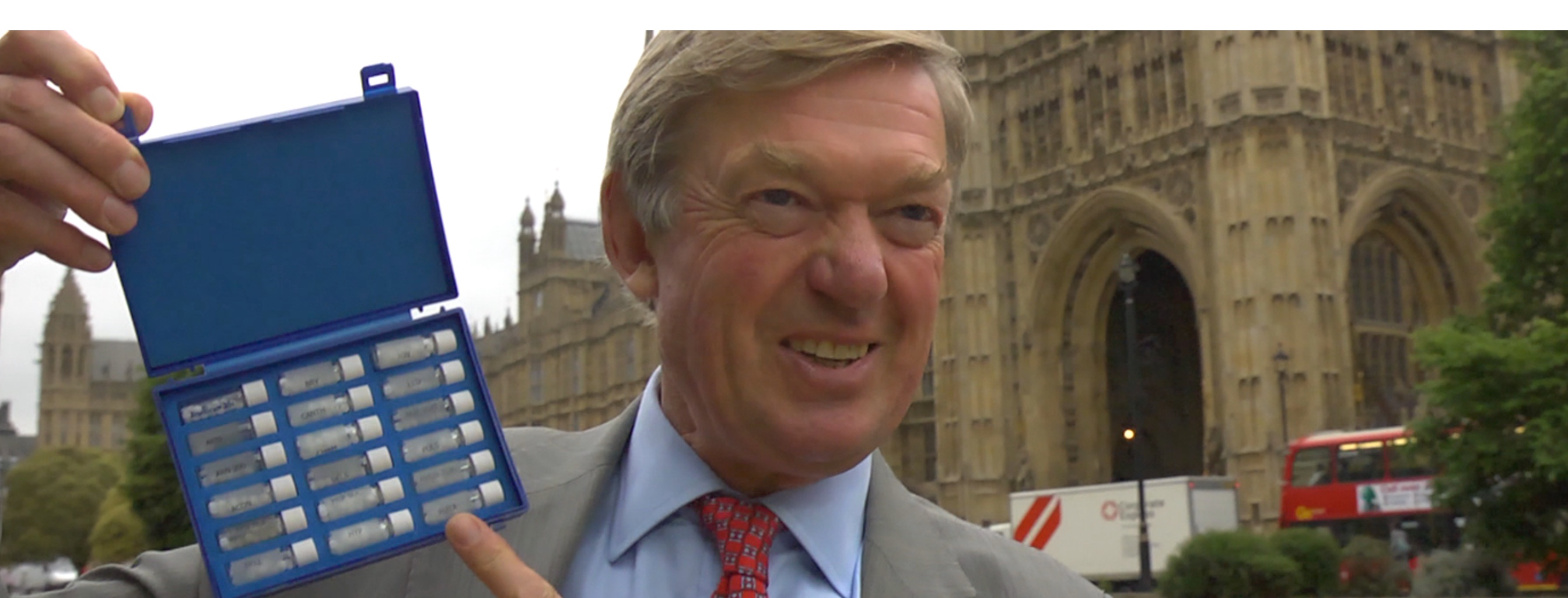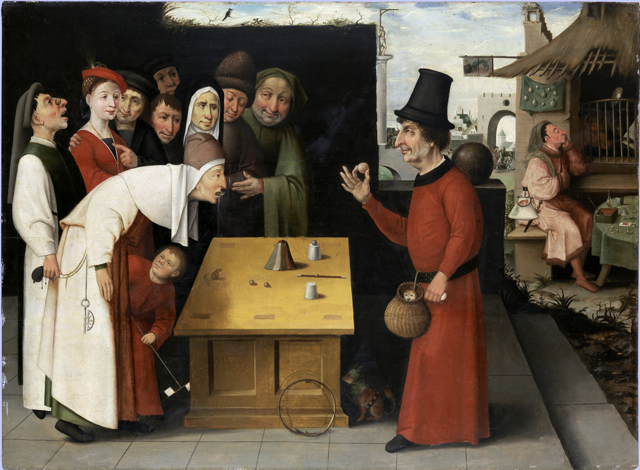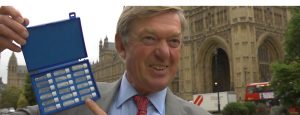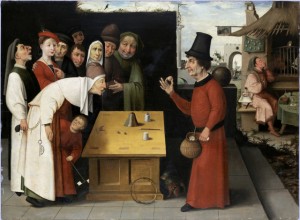“Once Dismissed as Hokum…” A Guide to Writing About Quackery in the Mail
“Once Dismissed as Hokum” is how Dr Danny Penman begins with a less-than-half-truth in his quacktasticly exceptional article about Spiritual Healing in the Daily Mail, “Could spiritual healing actually work?“
This article ought to serve as a case study in how to write about nonsense quackery for the madder end of the British Press. I thought it worthwhile to dissect this piece to show how you can write supportively about completely batshit ideas without telling too many porkies.
1. Ensure the Title has a question mark at the end. Give the impression of honest enquiry and an open mind – an appeal to be “Open Minded”.
2. As a journalist, flaunt your qualifications, awards and titles. Danny Penman signs the article with his title, ‘Dr’. Note that Dr Danny Penman got his PhD in Biochemisty studying fungus on cocoa crops, not a medical subject. This is a blatant appeal to authority as we have previously discussed.
3. Start off with some dodgy anecdotes. Personal experience is always convincing for some reason. Testimonials can make up for a complete lack of evidence if required. In this case, an anecdote about ME is particularly unconvincing. ME is a chronic disease that is cyclical in its nature and is subject to spontaneous remission. How do we know spiritual healing caused the improvement? Of course, we do not. This is commiting the ‘Pragmatic Falacy’ – it works for me!
4. Talk about how ‘scientists’ or ‘experts’ are being swayed by the evidence. No need to mention any names, and if you do, no need to mention that these a fringe characters not in the mainstream of the profession. Even better, count people with ‘para-‘ or ‘alternative’ prefixes as if they were real academics. Note the inclusion of a ‘parapsychologist’ in this article as if this genuine discipline without controversy.
5. Give no references to research. No one will check them anyway. Talk about unpublished research as if it was of the same rigour as independently, peer-reviewed published papers.
6. Talk about discredited or retracted work as if it was still important. No one is going to check. The work about cardiac patients is old now and has been discredited and superseded by better studies that showed that prayer had no effect (or, if it did, prayer made things worse for patients.)
7. Do not mention any work that may contradict what you are trying to say. There is no need to be balanced for this type of story, nor is there any reason to weight evidence according to its merit. Remember, you are after a good story. You are not making an enquiry into the truth – the truth does not sell.
8 . Appeal to peoples’ prejudices and beg the question. Remember, Mail readers want their prejudices confirmed – never challenged. That is why they read the paper to ensure their views on race, immigrants, lefties and Europe are always on the front page and routinely confirmed. For quackery, those prejudices include a distrust of any authority, academics, atheists, foreigners and the (nannying) government.
9. Make sure you have a good comments section. Your good readers will supply the bits even you are embarrassed to write and they can get away with spectacular nonsense that even you might wince at.
Dr Penman sticks well to all of these rules. I emailed him to ask if he really believes what he has written. I did not get an answer to this, but he kindly sent me papers and articles that backed up his story, but surprisingly, also articles that shot holes in it. Why no mention of them in the article? Seriously, if this story had any merit, it would be the most groundbreaking medical story in a millennium.
I will leave the final word to the brave persons who left comments for this story on the Mail web site. Perhaps these comments slipped passed the usually diligent Mail moderators by being slyly flattering in their opening words…
The most wondrous thing about these miracle cures is the ease with which patients can become practitioners. Imagine a patient whose life is saved by, say, neurosurgery becoming a neurosurgeon herself. Of course, that probably doesn’t happen too often, what with all those years of study and self-denial. But in the amazing world of “alternative” medicine, all one needs to become a “master” is willingness, an open mind, and faith. Oh, also mind-boggling credulity, the ability to wave one’s hands around a “patient” with an appearance of purpose, and a modest sum of cash.
– Mick Houlahan, Chicago, USA
Yes, what a wonderful article, and beautifully referenced with comments from many doctors who are completely unbiased and who have absolutely no preconceptions about spirituality and complementary medicine. Of course nature will cure us all, as it has done for centuries, particularly when spiritualism and Christianity were at their height (you know, when life expectancy was 35 and 3 in 5 kids died before their 5th birthday).
– Deetee, Blackpool, UK
It’s incredible the power of our own mind, apart from that it’s poppycock.
– Steve Webster, Amsterdam, Netherlands (exiled)
PS Danny – seriously, if you read this – hope the broken bones are OK and I’m glad you didn’t resort to healing them spiritually!








3 comments